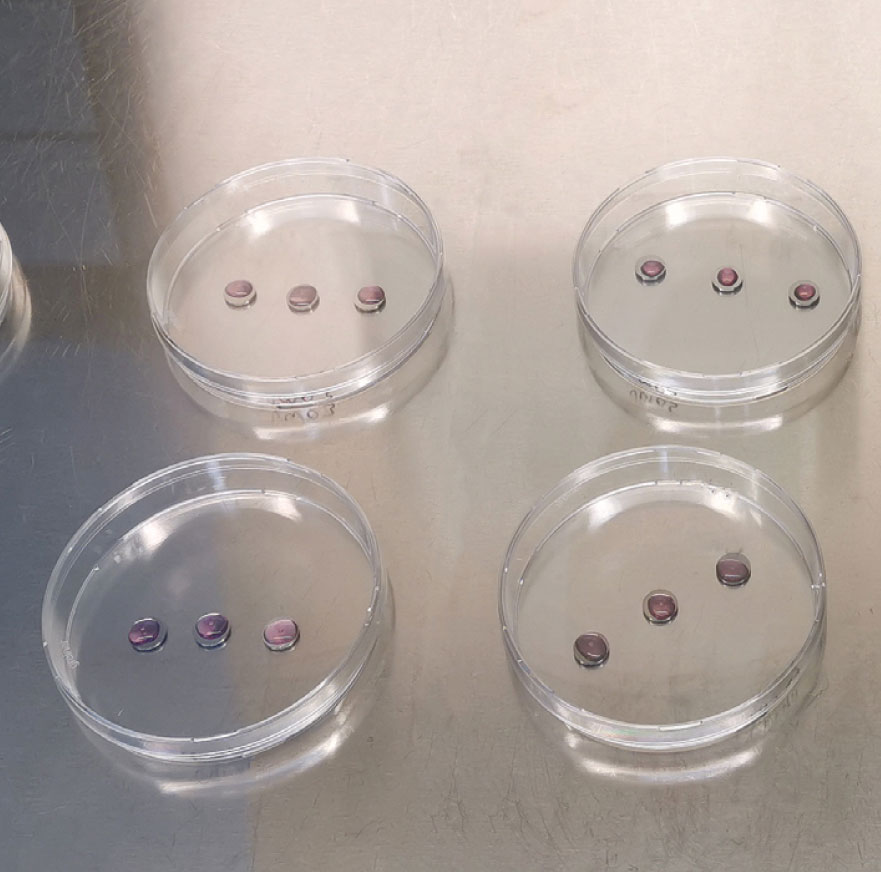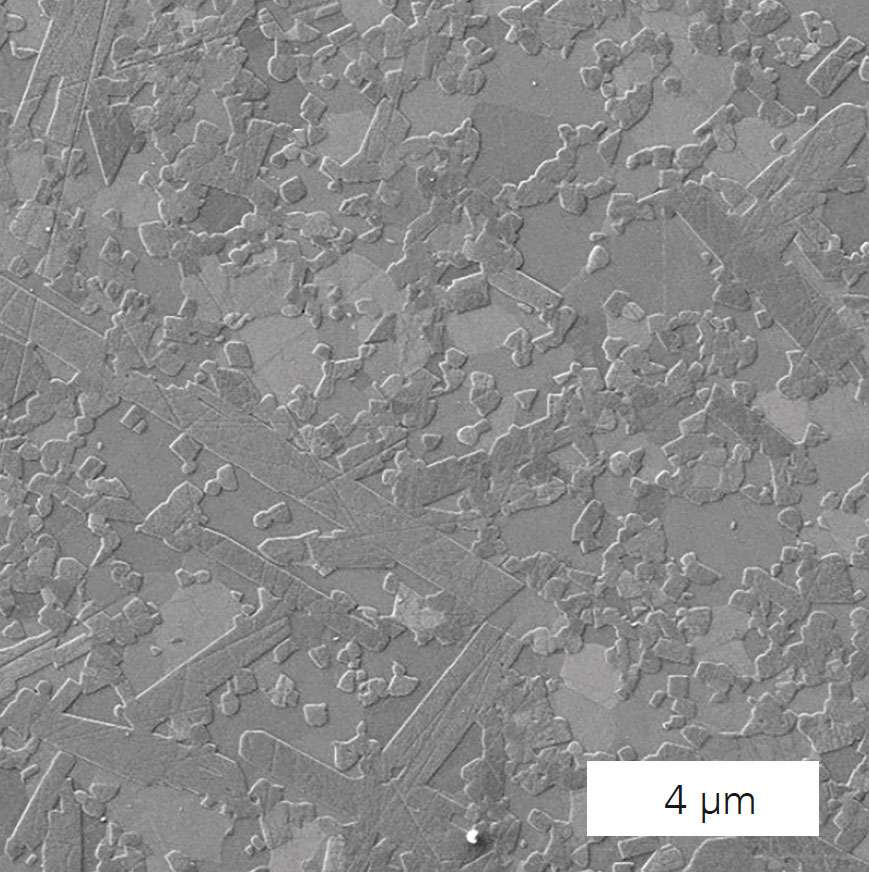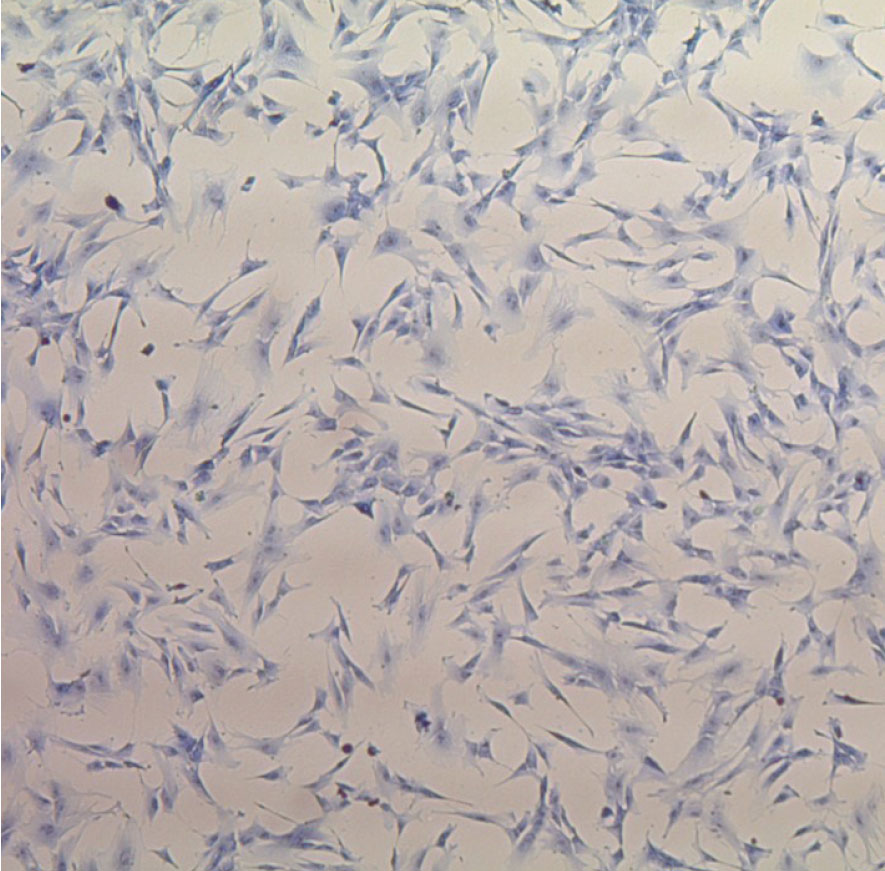
Tungsten-based composite materials for antiviral and diagnostic applications
Current research




Tungsten-based composite materials have repeatedly been reported to have viricidal effects. Yet precise information on the specific binding state remains elusive. At Fraunhofer IKTS, this has motivated the production and evaluation of material properties of composites based on pure tungsten, tungsten carbide and tungsten dicarbide as well as composites mixed with stainless steel, copper and cobalt. The investigations of viricidal and bactericidal effects and of DNA-binding properties were conducted at Fraunhofer IZI. Additionally, the influence of the materials on the proliferation, morphology and metabolism of human cells was also examined. It was possible to show a reduction in viral vectors and E. coli bacteria, as well as a reduction of DNA, in three tungsten-containing materials. The investigations were enabled by applying a newly developed convection infection model, which allowed all microbial pathogens to come into contact with the active surface. The model has proven advantageous for such material tests and will be tested on further material systems in the future.
The metal-bound, as well as pure tungsten or tungsten carbide, composites that are most promising in terms of pathogen reduction have a high hardness of up to 2200 HV10, making them interesting for wear-resistant surfaces.
Side effects as opportunities for diagnostic and filtration applications
If the viricidal/bactericidal properties of tungsten-containing materials are combined with lipid membrane-dissolving ethanol or 2-propanol, these two limited viricidal methods are expected to complement each other optimally. Further tests are required to confirm this.
One tungsten-containing composite showed a surprising complete lack of reduction of DNA on its surface and is therefore recommended as a non-reactive vessel material for biological sample material in diagnostics.
Services offered
- Development of adapted tungsten-containing compositions for the production of bulk material as well as powder for laser deposition welding or thermal coating
- Characterization of tungsten and tungsten carbide-based composite materials in regard to their mechanical (Fraunhofer IKTS) as well as their viricidal and bactericidal properties (Fraunhofer IZI)
This work was supported by the Fraunhofer InternaI Programs under Grant No. Anti-Corona 840249.